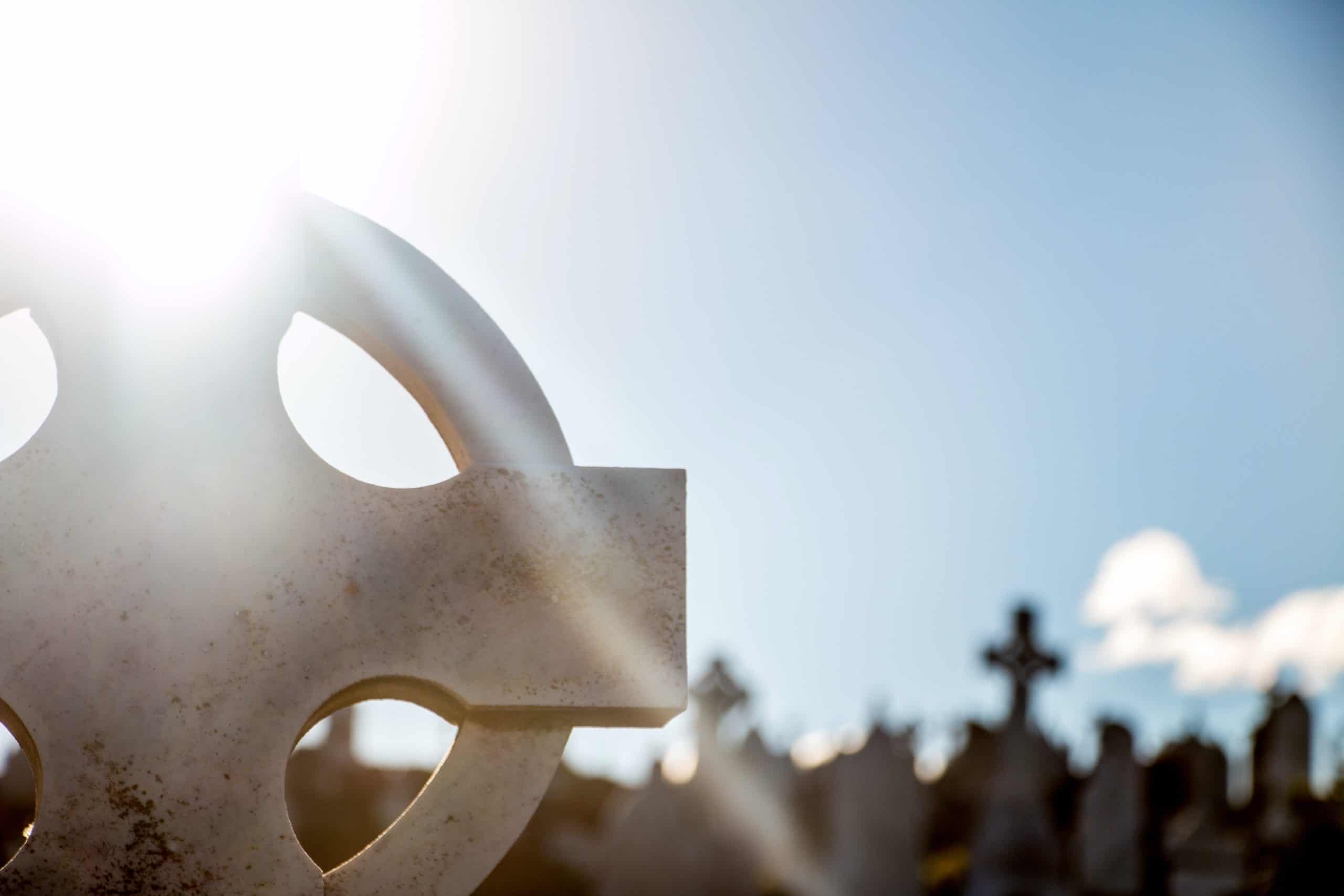Recently, I had a chance to accompany my friend to a funeral home to prepare for his father’s funeral. Knowing that both of us are religious, the manager offered to show us behind-the-scenes of the funeral home. As I was on the tour, never in my life did I feel so close to death. It was not my own death I felt close to, but the very presence of death itself. I was struck by the simplicity of life and death, the fragility of human life, and the transformative power of death in its utmost emptiness.
Five hundred years ago, on May 20, 1521, at the battle of Pamplona, a cannonball shattered the leg of a Spanish soldier. The Spanish soldier was Iñigo López de Oñaz y Loyola, who later became the founder of the Society of Jesus and left a legacy that still influences the world until this day.
Iñigo was destined to be an honorable knight who would fight to the death for his queen, at least that’s what he thought. When he was shot by a cannonball, together with his leg, his image and ideologies were also shattered. On the convalescent bed, a few times he came close to death, but he survived, and his survival made him question his past life and ponder the meaning of life. Being so close to death he could look back at life with a meaningful gaze. That theme of finding life in death continued throughout his life.
The covid-19 pandemic left many of us with similar encounters as Ignatius. In my funeral home tour, the guide told me that during the pandemic, the place held around 90 bodies at once. Death became so present among the community, especially families who lost their loved ones during the pandemic. I remember my friend telling me that his family still has not recovered from the death of his grandparent, as it was too sudden. Like a cannonball, death comes and takes away the love of our life, turning over our peaceful life into chaos, and leaving us with a sense of emptiness.
During the peak of the pandemic in NYC, I remember hearing the ambulance siren every hour. Every time I heard it, not knowing what would happen, I simply said a prayer, “May Your Will be done.” I imagined that, somewhere, people were bargaining with God, asking to spare the life of their loved ones. Just like Iñigo asked to have his leg rebroken and reset thus becoming limped for the rest of his life, our brokenness cannot return to what it was. No matter how much I try to fix things, things will never be the same, and I will carry my brokenness for the rest of my life.
After Jesus of Nazareth died on the cross and resurrected three days later, he still carried the wounds of the nails, and despite the hope of his followers, Jesus did not return things to how they were. Death is the end of a journey, but also the beginning of a new one. Like a river, life continues to flow, so I can either try to stay stagnant and fight against the stream of life or let myself be carried to a new tributary.
After his leg was healed, Iñigo, the flamboyant knight, took on a new journey and a new identity: Ignatius the pilgrim. With his limp leg, the pilgrim began his pilgrimage not knowing his destination but knowing that he was not alone on the journey.
Seeing the dead bodies in front of me, I imagine that each of them was accompanied by an angel of death, who gently guides them to a new journey. I remember the words of St. Francis of Assisi who praised God for Sister Death, the one who embraces all beings.


